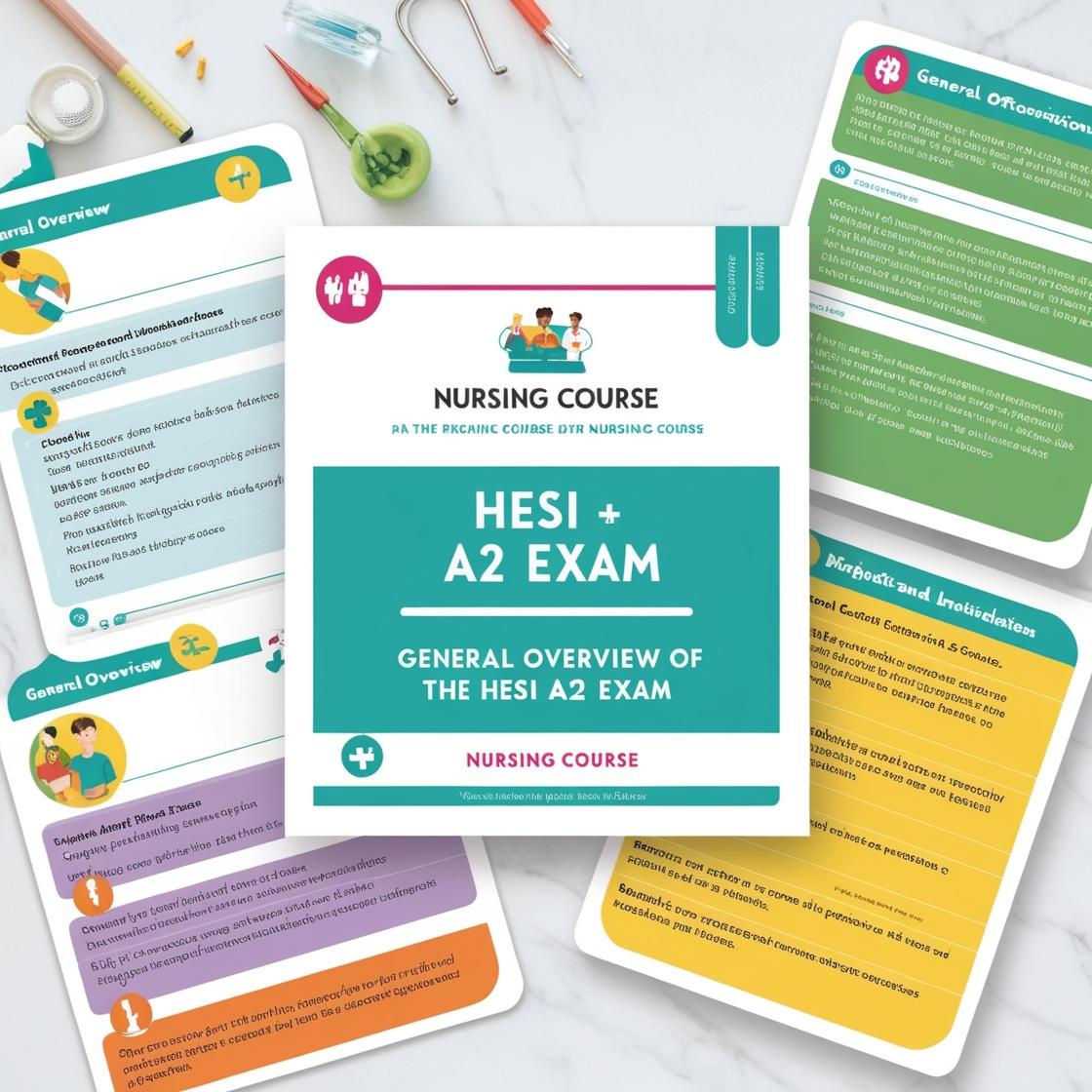HESI A2
Anatomy HESI A2
1. What are muscle contractions that normally move food along the human digestive system known as?
- A. defecation
- B. osmosis
- C. peristalsis
- D. circulation
Correct answer: C
Rationale: Muscle contractions that move food along the human digestive system are known as peristalsis. Peristalsis consists of a series of coordinated muscular contractions and relaxations that help propel food through the esophagus, stomach, and intestines, facilitating efficient digestion and nutrient absorption. Defecation refers to expelling waste from the body, osmosis is the movement of water across a membrane, and circulation relates to the movement of blood in the body's circulatory system, not directly involved in food transportation along the digestive tract.
2. Where would you be likely to find a Schwann cell?
- A. In the digestive system
- B. In the nervous system
- C. In the skeletal system
- D. In the muscular system
Correct answer: B
Rationale: Schwann cells are a type of neuroglia found in the peripheral nervous system. They are responsible for producing the myelin sheath around axons of neurons, which helps with the conduction of nerve impulses. Therefore, Schwann cells are typically found in the nervous system. Choices A, C, and D are incorrect because Schwann cells are specifically associated with the nervous system and are not found in the digestive, skeletal, or muscular systems.
3. Which of the following epithelial types is correctly matched with its major function?
- A. Simple squamous epithelium – diffusion
- B. Stratified squamous epithelium – protection
- C. Stratified squamous epithelium – diffusion
- D. Simple columnar epithelium – secretion or absorption
Correct answer: D
Rationale: The correct answer is D. Simple columnar epithelium is indeed primarily responsible for secretion and absorption due to its tall shape and presence of microvilli, which increase surface area for these functions. Simple squamous epithelium is mainly involved in diffusion, allowing for the exchange of gases or nutrients. Stratified squamous epithelium functions more for protection against mechanical stress and pathogens, as it forms a tough, protective barrier due to its many layers.
4. How might the headrest on a car prevent traumatic injury?
- A. By limiting hyperflexion of the neck
- B. By limiting hyperextension of the neck
- C. By reducing vertebral compression
- D. By preventing disc degeneration
Correct answer: B
Rationale: The headrest on a car is designed to prevent traumatic injury by limiting hyperextension of the neck during a rear-end collision. This helps reduce the risk of whiplash and other neck injuries that may occur when the head is forcefully thrown backward. Choice A is incorrect because hyperflexion is not the primary concern in rear-end collisions. Choice C is incorrect as the headrest does not directly reduce vertebral compression. Choice D is incorrect because the headrest is not directly involved in preventing disc degeneration.
5. Which of the following are considered normal values for the measure of a person’s pulse and blood pressure?
- A. 55 beats per minute and 75 over 60 mm Hg
- B. 72 beats per minute and 120 over 80 mm Hg
- C. 100 beats per minute and 140 over 100 mm Hg
- D. 160 beats per minute and 100 over 70 mm Hg
Correct answer: B
Rationale: Normal values for pulse rate typically range between 60 to 100 beats per minute, while normal blood pressure values are usually around 120/80 mm Hg. Option B falls within these normal ranges for both pulse rate and blood pressure, making it the correct choice. Choices A, C, and D have either pulse rate, blood pressure, or both values outside the normal ranges, making them incorrect.
Similar Questions

Access More Features
HESI A2 Basic
$89/ 30 days
- 3,000 Questions with answers
- 30 days access @ $89
HESI A2 Premium
$129.99/ 90 days
- Actual HESI A 2 Questions
- 3,000 questions with answers
- 90 days access @ $129.99
